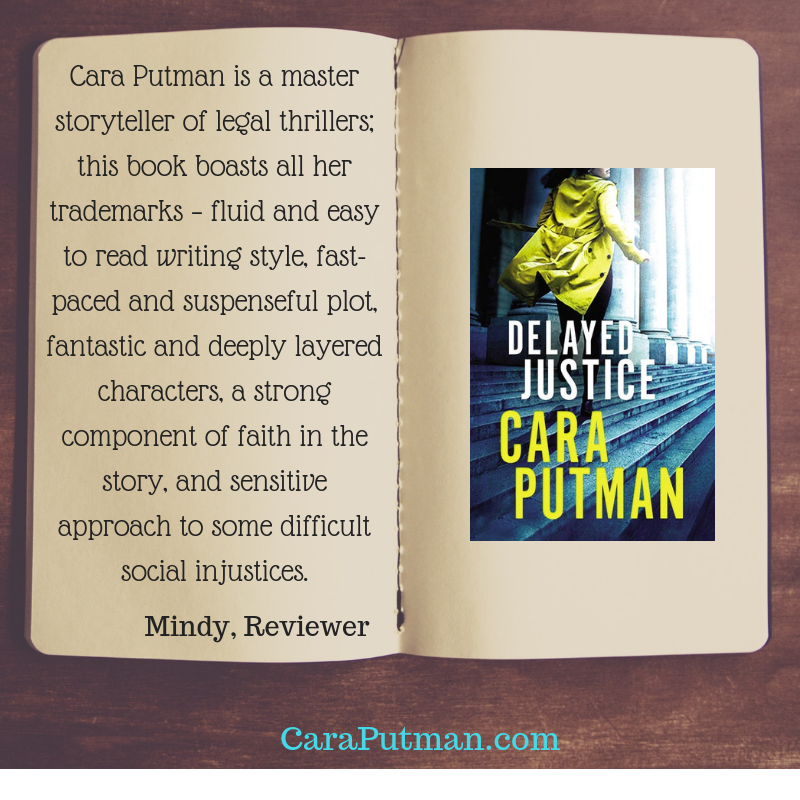 Like most of my books, Delayed Justice started with a headline that turned into a what if. This story was about a woman, now in her late 20s, who had been abused by her uncle when she was eight. She had decided to become a police officer so that she could go after this man who should have loved and protected her, but instead hurt her. Then in her late 20s she got him to confess his actions while the conversation was being recorded.
Like most of my books, Delayed Justice started with a headline that turned into a what if. This story was about a woman, now in her late 20s, who had been abused by her uncle when she was eight. She had decided to become a police officer so that she could go after this man who should have loved and protected her, but instead hurt her. Then in her late 20s she got him to confess his actions while the conversation was being recorded.
I read that article, and all I could think was how incredibly strong she was. It takes strength to decide on a career based on your pain. It takes even more strength to go after the one who has hurt you and shattered your trust.
 As I thought about that, I realized this was Jaime’s journey. She’d shown up with an attitude and guardiness from her first scene in Beyond Justice, but I didn’t know why. She was … a little shy to share her story. At first I didn’t worry, because I knew she wasn’t the lead heroine in the first two books, but when my publisher decided her story should be third, I may have panicked a little.
As I thought about that, I realized this was Jaime’s journey. She’d shown up with an attitude and guardiness from her first scene in Beyond Justice, but I didn’t know why. She was … a little shy to share her story. At first I didn’t worry, because I knew she wasn’t the lead heroine in the first two books, but when my publisher decided her story should be third, I may have panicked a little.
I needed to find her journey, and as I did she was still reluctant to share more than she was an overcomer. And as I wrote Delayed Justice, I understood why. Her story is hard. H.A.R.D.
Yet her story is laced with hope and she discovers the Source of Hope. I wanted to make sure I honored her journey because too many women experience the same sorts of trauma. So I talked to those who work with survivors. I read books on the long term impacts of trauma. And I prayed over to how to write a book that would illuminate without triggering. The result is Delayed Justice.
